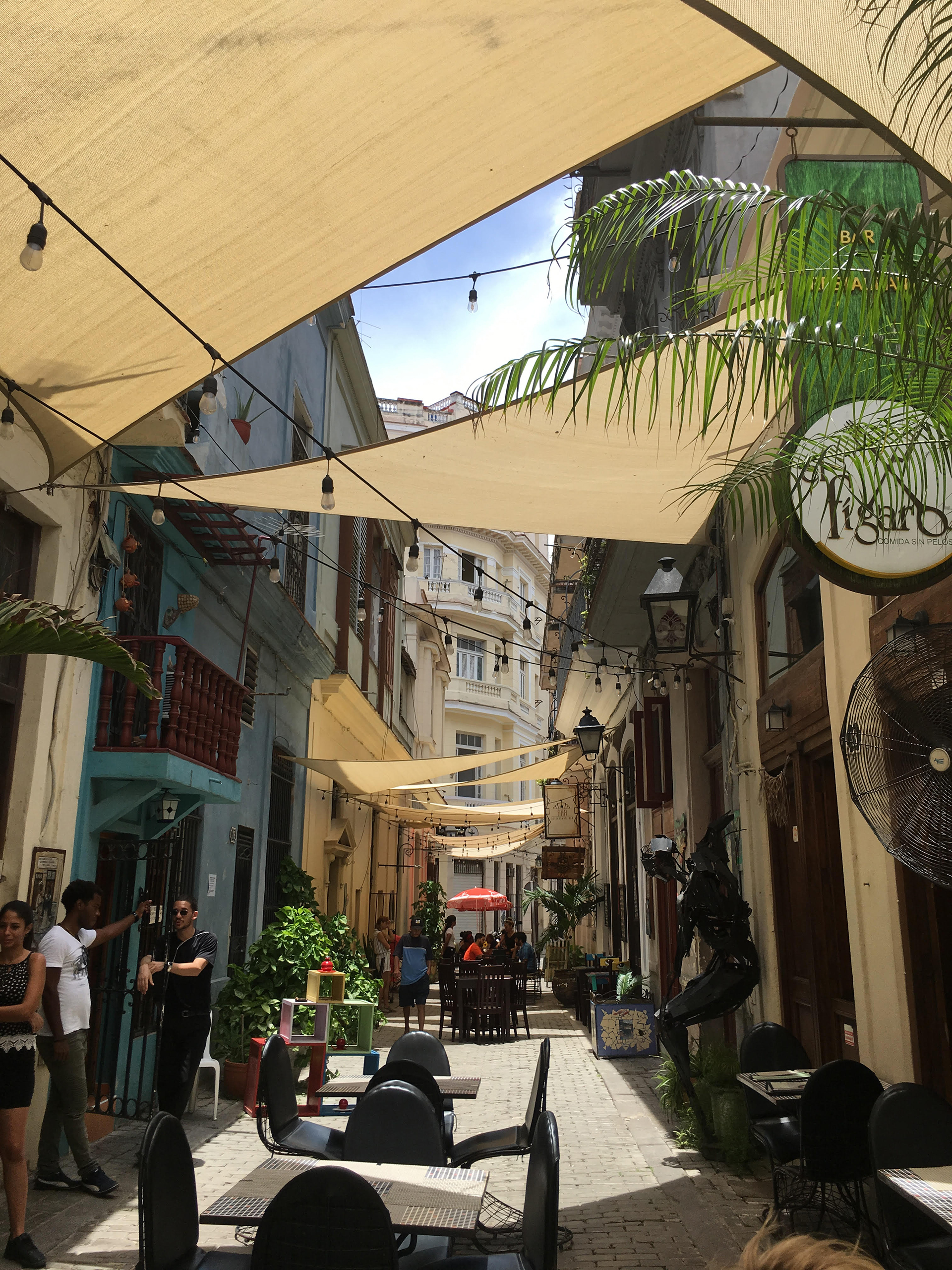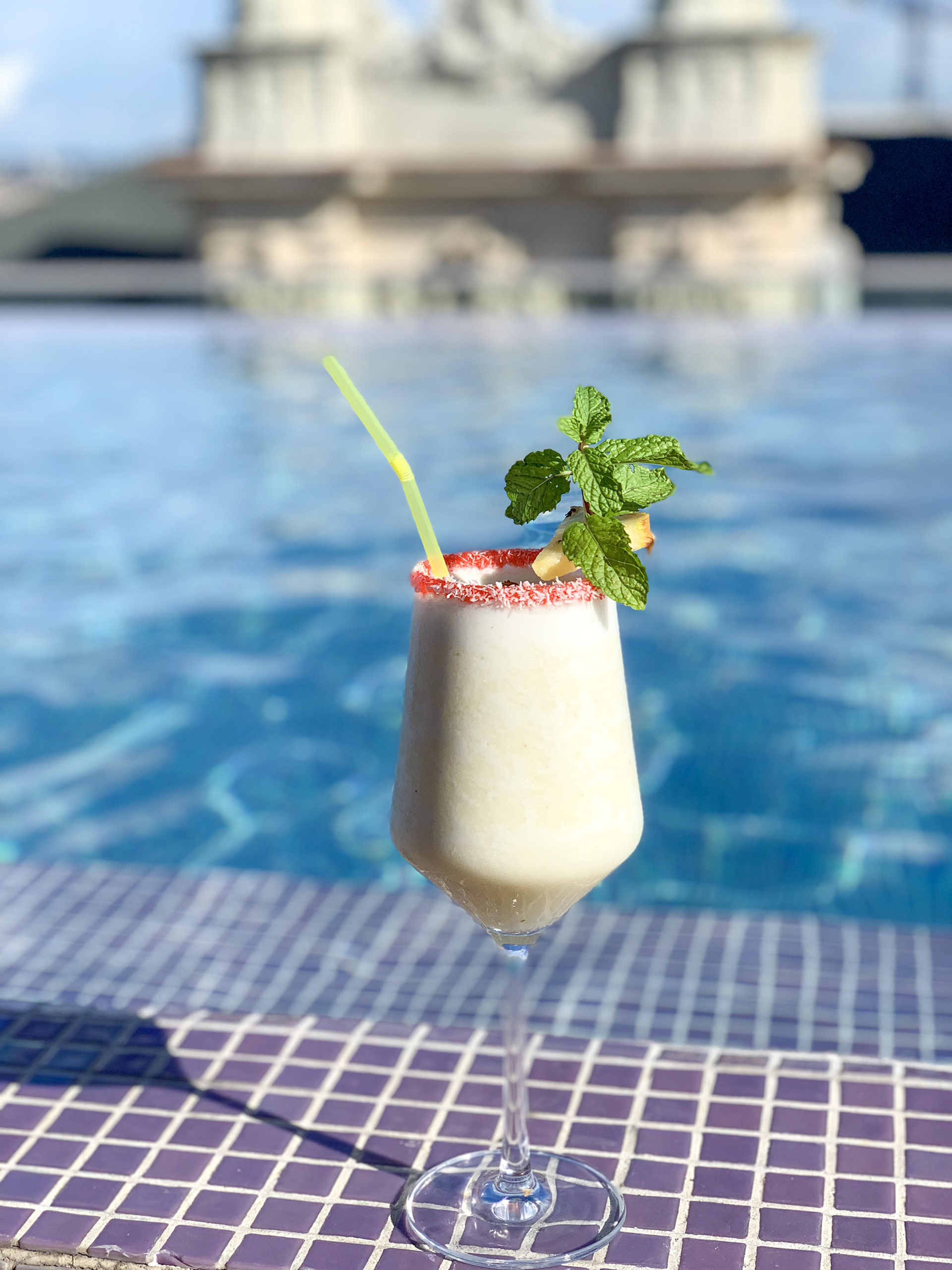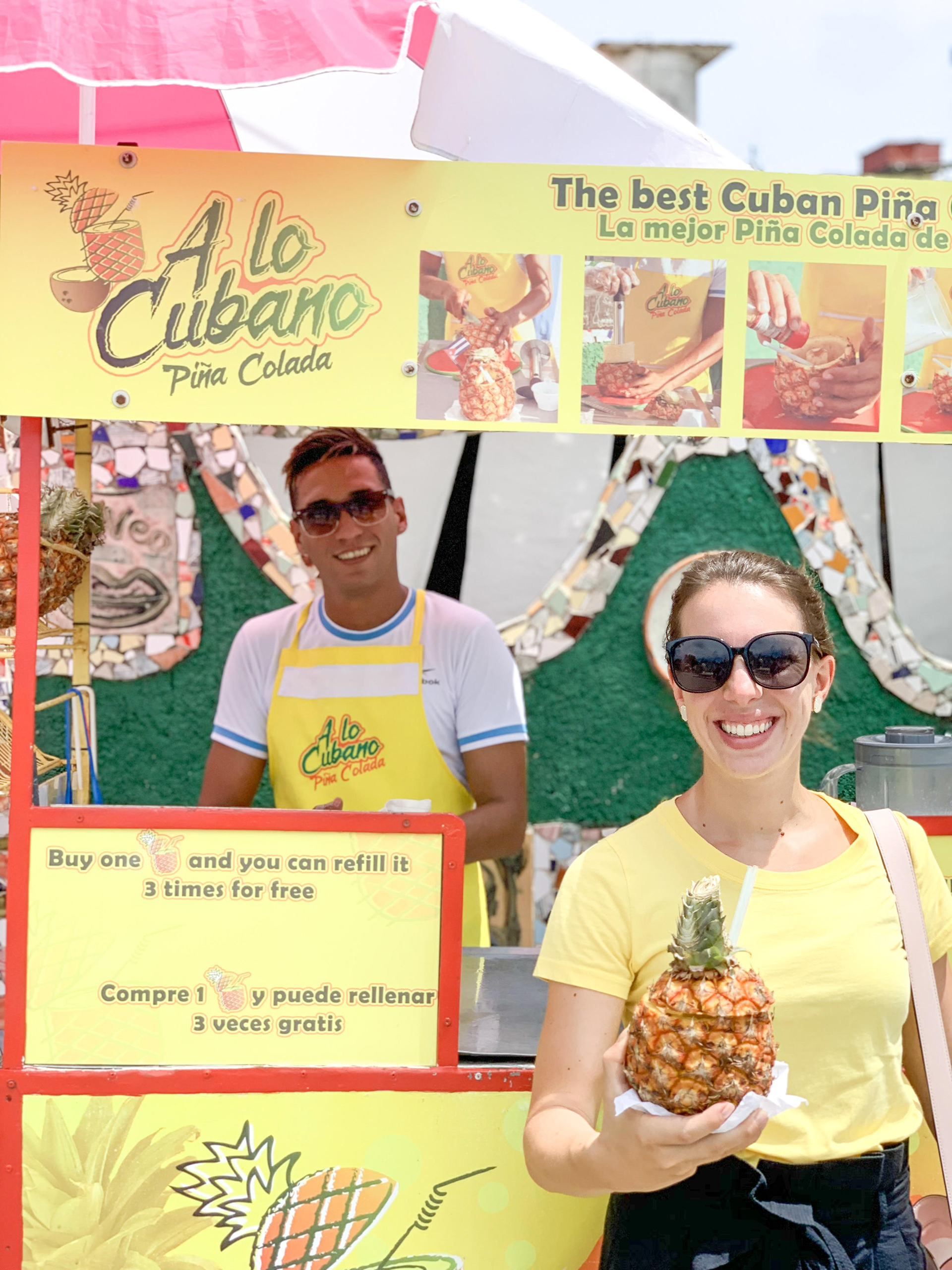Culinary Discoveries In Cuba


Cuba is an adventure of epic proportions. It never occurred to me that there would be a vast culinary journey through its unique farm-to-table restaurant concepts and ingredients that are at the heart and soul of its culture. It is in Cuba that music and food are at the epicenter; it is where everything comes together.
When I traveled to Cuba this past summer, I had expected to be exploring a world through a maze, an isolated country from the United States where it would be tricky to uncover its many complexities and intricacies. Instead, I was greeted with open hearts and plenty of memorable gastronomic offerings from notable restaurants, quaint neighborhoods, and a farm located a short driving distance outside of the city of Havana.
Neighborhoods
The neighborhoods in Cuba are as inimitable as the food they are known for. Three neighborhoods discovered on my visit include Hairdressers’ Alley, Old Havana where the famous Art Walk is located, and Chinatown near the Capital building. Each neighborhood has its own distinctive personality.
Cuba is already a destination known for its art, and the Art Walk is the place to purchase these one-of-a-kind works by local artists as well as some select pieces by international artists. Stunning graffiti and tile art are all around you. Come to the Art Walk thirsty as one of the local vendors is a piña colada stand at which refills are complimentary and served in a fresh pineapple. Hairdressers’ Alley, located off of Aguiar Street, is not only the perfect spot to get your haircut while visiting, but also a smart choice for grabbing lunch.

Restaurants
Dining out in Cuba is very affordable for visitors. A meal for two could easily cost less than $20 and the dishes are very wholesome and filling. Even for that price, you could expect to take home significant portions depending upon the restaurant. Notable restaurants include Cabaret Habana Café that has live music and dancing and is reminiscent of the Havana of the 1950s.
Another favorite nearby is the Floridita Café, the former hangout of Ernest Hemingway where you could spot a statue of him at the bar. Come early to El Floridita cocktail bar or when the lively and jubilant crowd gathers there at all times during the afternoon and into the night. Come for drinks and fall in love with the Havana that Hemingway admired. In Barbers’ or Hairdressers’ Alley, there is El Figaro, which offers a wide selection of rum-based cocktails, tapas, and vegetarian-friendly plates.
Mediterraneo Havana, in particular, derives its menu from its own farm just outside of Havana. The farm is called Alamar Organic Farm. The menu includes a selection of fresh cheeses (the freshest cheeses I have ever had, in fact), meats including sausages, fresh vegetables, and pastas. Sit outside or inside and be ready to spend almost two hours savoring the dishes, as they deserve all the time in the world.
The Farm
A visit to Alamar Organic Farm is a true treat. From everything to rum cocktails made with freshly pressed sugar cane juice to horseback riding through the trails, you will appreciate even more the true farm-to-table cuisine that its restaurant serves. When visiting, you will learn how Cuban farmers have invested in their own businesses and developed additional forms of income. It was there that I had the best tasting papayas and mangoes paired with a refreshing mojito underneath the open deck. Say hello to the farm animals including pigs, sheep, and cows, and spot the wandering peacock that loves to hide behind the tall trees.

Dishes
If you are into creating a food and drink travel bucket list, Cuba deserves its own. According to our tour guide, Enrique Núñez of Cultour, “Cuban cuisine has elements coming from the Spanish, African, and Chinese food; however, the results are definitely Cuban. The sum of diverse cultures during the process of the birth of Cuban nationhood made Cuban food unique.”
In celebration of the Christmas season, enjoy a roasted pork (the whole pork roasted on a wooden stick or coal fire grill) or the pork leg in the oven. Accompany it with white rice, black beans potage, boiled yuca, fried plantains, seasonal assorted salad. For dessert, Núñez recommends majarete (sweet corn creme with cinnamon) or Spanish assorted Christmas almond, or hazelnut sweets.
For year-round, traditional dishes, have fried pork steak, paella, or fricase de pollo. There’s white rice with black beans, fried plantains, or assorted (of the season) salad with lettuce, tomatoes, avocado, boiled beetroot, cucumber. In addition, as side dishes, Núñez suggests red beans, broad beans, white beans, peas, or lentils, or chickpea potage.
For dessert, it is torrejas en almíbar al licor de café, dessert flan al caramel, or mermelada de guayaba con queso blanco. Torrejas is a piece of bread or brioche is soaked in milk, syrup, or wine.
There’s also guava jelly or grated coconut in sweet syrup.
Drinks
Cuba is most famous for its rum. Mojitos, a popular drink, are made with local rum. A mojito or piña colada are the drinks of choice all throughout the island nation. If you fancy another option, try a cold white wine, which pairs wonderfully with most seafood or pork-based dishes (suckling pig is a regular on most restaurant menus). Espresso is also very popular.



